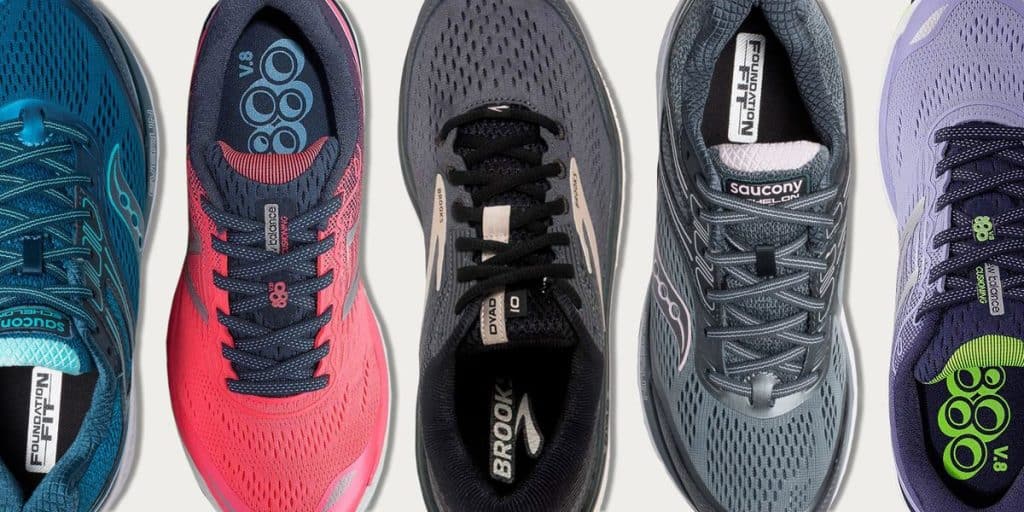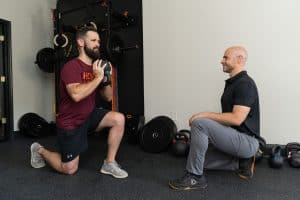
Ending your hectic workday with a long run can be the best way to destress. Consistency of training is important no matter what your current running goals. The worst way to sideline your progress is a training injury. It’s no surprise this is a hindrance to your performance. We’ve outlined five keys to healthy running. We believe these are vital to staying on the road and pushing your body to the next level.
Key #1: Tracking Training Volume and Response
Perhaps the most important key in healthy running is ensuring your training volume isn’t exceeding your body’s ability to recover. If you train more than your body can handle, things start to break down.
If you read about training volume in runners, you will see a lot of conflicting opinions on what the right progression is. Many will follow the 10% rule. This is where you adhere to increasing training volume by 10% per week. While this is a very general rule, it can become problematic though. If your training volume is low, then 10% increases will be VERY small. This will result in too slow of progression. On the flip side, in elite runners we see the opposite. A 10% increase is too large of a spike.
We believe in individualizing training volume progressions and tracking your daily/weekly running volume, performance metrics, and overall feeling of well-being. By consistently tracking these variables, you will begin seeing trends in your health, recovery, and (most importantly) your performance.
Key #2: Two Different Training Shoes
This key may seem like a minor detail, but it turns out it is very important. Research has shown that training in multiple pairs of shoes throughout your training week actually has protective benefits against injuries. So, we suggest finding two different shoe styles that you feel are comfortable and rotating between them every other run. This simple swap may keep you from hitting that same plateau or regrettably rediscovering your familiar, recurrent injury again and again!

Key #3: Strength Training
One of the biggest keys to healthy running is incorporating strength training into your fitness routine. Many athletes think that they are doing sufficient strength training already. But, we often see the strength training stimulus far too low to provide benefit to their performance.
For example, if your goal is to run a marathon, you would never follow a program never passing 2 miles in run length. This stimulus wouldn’t help develop the capacity necessary to meet your goals. Instead, you’d increase your mileage weekly until the big race.
The same is true for strength training. If you are doing movements that aren’t significantly challenging (for example, on a scale of 1-10 at least a 7/10 difficult for a set) then your body isn’t going to be stimulated to a level that will force adaptations and improvements. At Onward, we help get our athletes performing harder, heavier, and more taxing strength movements in order to ensure their resistance training translates to the fantastic endurance benefits you can see from this addition when done properly.

Key #4: Nutrition
Without fuel in your car, you can’t expect to go anywhere. The same is true for your body.
We need adequate levels of macronutrients to allow our bodies to keep performing and recovering optimally. Far too often we see runners in significant caloric deficits. Consequently, they end up dealing with bone stress injuries, chronic muscle strains, etc. because they aren’t giving their bodies enough resources to rebuild tissues after strenuous activity. If you are concerned your intake isn’t supporting your training, we highly suggest working alongside a nutritionist or dietician to match your nutrition to your performance goals.
Key #5: Have Your Running Form Assessed
Our final key to healthy running is the icing on the cake. We must examine and address your form if you have taken care of the above and want to take your performance seriously. This is also key to remaining injury-free. We believe that a slow-motion analysis of your running form by a trained professional combined with an orthopedic assessment of your strength and flexibility is a huge (but often missed) opportunity for runners to take their performance to the next level.
Take a look at our Running Form Assessment in the following video. Our physical therapy team specializes in helping runners optimize their performance and staying healthy!
Recent Articles
Why Early Intervention Physical Therapy Accelerates Your Recovery

What to Expect at Your First Physical Therapy Session?

How to Choose a Physical Therapist

The Top 5 Misconceptions About Physical Therapy

The Complete Guide to Physical Therapy

